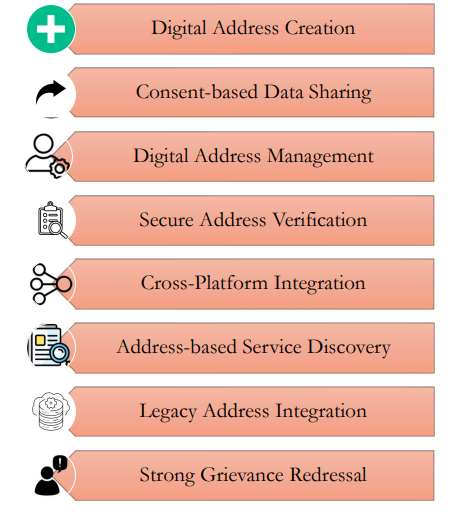7667766266
enquiry@shankarias.in
Prelims: Current events of national and international importance | Governance
Department of Posts, Ministry of Communications has recently has recently released a comprehensive policy document titled DHRUVA.

Reference